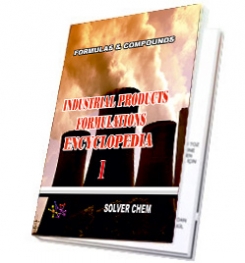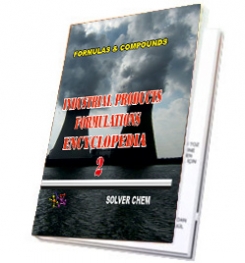The next step is to determine if the oil change interval is based on oil deterioration or external factors. Condemning limits based on oil quality include the following:
- Base Number Depletion (ASTM D4739)
- Oil Oxidation (increasing acid number, ASTM D974, or Infrared Analysis)
- Soot Loading (Infrared Analysis)
- Viscosity Increase/Decrease (ASTM D445)
- Wear Metals (Elemental Spectroscopy)
Base number depletion, soot loading and associated viscosity change, and accumulation of wear metals in the oil may not change significantly when a synthetic lubricant replaces a mineral oil. However, at high soot loadings, synthetic engine oils offer improved soot-handling performance over mineral oils with lower viscosity increase and fewer deposits at equivalent soot loading.
Burning high sulfur fuel generates corrosive acids that will accelerate base number (BN) depletion. Operating under high loads, lugging and low air:fuel ratios may increase soot loading in the oil. Abrasives in the oil that are not captured by filtration can accelerate the generation of wear metals. See reference No. 1 for an excellent discussion of factors that establish oil drain intervals.
External factors that contribute to deterioration of the oil and reduced drain intervals include:
- Coolant Contamination (Infrared Analysis)
- Dirt Contamination (Elemental Spectroscopy)
- Fuel Dilution (Infrared Analysis, flash point)
- Water Contamination (ASTM D1744, D6304 or Infrared Analysis)
In the wet, dusty or dirty environments frequently encountered in off-highway applications, oil may need to be replaced before the oil reaches its condemning limit based on oil decomposition and/or additive depletion. To counter unfavorable environmental factors, operators may need to install more efficient air and oil filters and change them out more frequently to take full advantage of the inherently higher quality of the synthetic lubricant. These costs need to be factored into the equation for equipment maintenance. If the cost of maintaining cleanliness of the synthetic engine oil is too high, it may be preferable to use less expensive mineral oil and change it out more frequently.
Regardless of the calculated choice to use a synthetic or mineral oil in off-highway engines, equipment operators should protect their investment with a high quality lubricant maintenance program, set oil condemning limits initially based on manufacturer’s recommendations and establish good maintenance practices. Data from an oil maintenance program provides the quantitative basis to establish “real world” oil change intervals, assess the operating condition of each piece of equipment and determines the economic benefits of replacing a mineral oil with a synthetic lubricant.

any engine oil
LUBRICATING OIL
FORMULATIONS
ENCYCLOPEDİA
is enough.
LUBRICATING OIL FORMULATION ENCYCLOPEDIA has many formulations of greases, complex grease, lithium grease production,sodium greases formula, formulation,multigrade engine oils manufacturing process,motor oils making, gear oil production, synthetic engine oils,semi synthetic motor oils,gasoline oils,diesel oils production process,composition of turbine oils,transmission oil manufacturing, production of cycle motor engine, tractor oils,mineral based motor engine production,heat transfer oils, slideway oils formulation, formulations, cutting oils formula,formulas grinding oils,mould oils manufacturing process and etc.
All lubricating oils in the encyclopedia are producible easily.You need no help and no technıcal support. The encyclopedia is enough to produce lubricating oils and engine oils itself.
LUBRICATING OIL
FORMULATIONS
ENCYCLOPEDIA
is written clear and understandable.


HARD BOOK E BOOK
RELATED TAGS: What is engine oils,making synthetic diesel engine oil,semi synthetic engine oil manufacturing process,mineral based engine oil production, heavy duty engine oil formulation,high performance engine oil formula,formulas,properties of motor oils,synthetic motor oil msds, analysis,composition of engine oils,additives of motor oils, mineral engine oil formulation,make semi synthetic diesel engine oil, base oils,synthetic base oils,light neutral oil,heavy neutral oil,performance additives package, properties of diesel engine oil, how to formulate engine oils, types of engine oils, synthetic motor oils,ingredients of engine oils,compounds of engine oils, index of motor oil,characteristic of motor oils,application of motor oils,combination of synthetic engine oils.
SOLVERCHEM PUBLICATIONS

|
|

|
|

|
|
